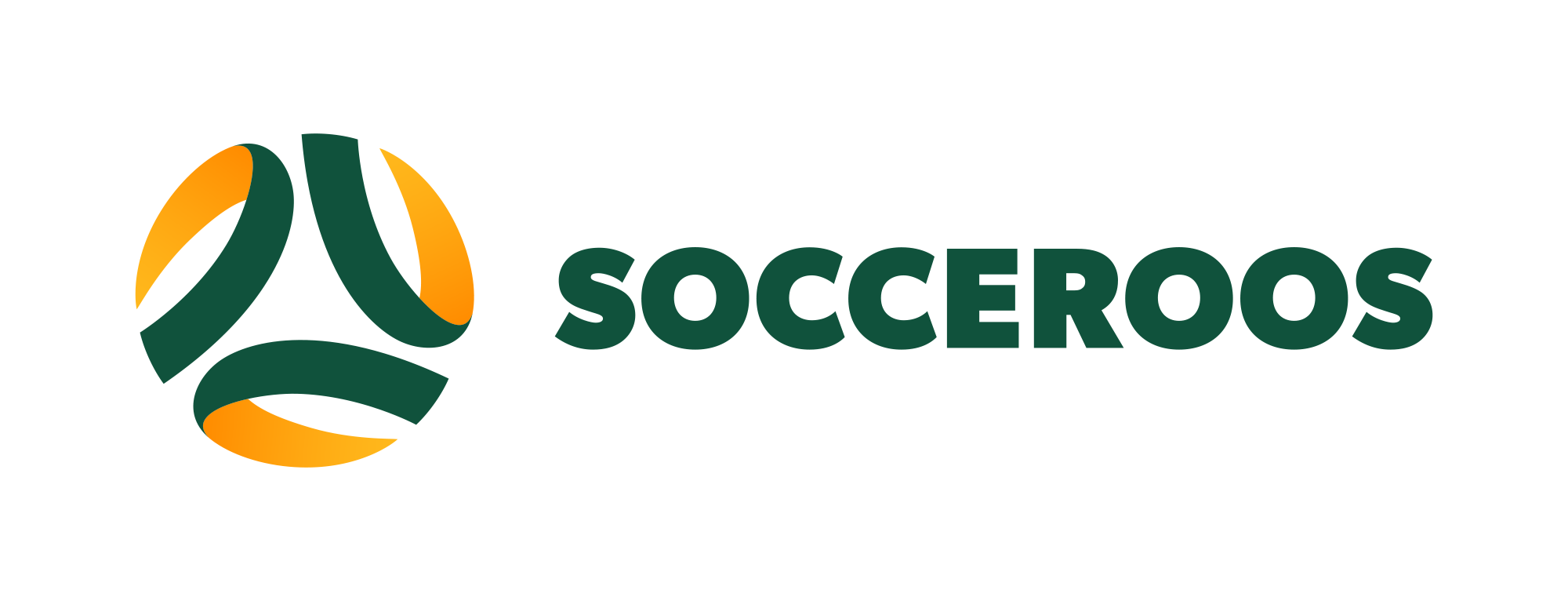As we celebrate a century of Socceroos memories in the lead-up to September's series against New Zealand, each week we'll be looking back at a major tournament the team have played in over the years.
We'll be working back in time, covering 11 tournaments that are all significant parts of our story: the 2018 FIFA World Cup, 2015 AFC Asian Cup, 2014 FIFA World Cup, 2010 FIFA World Cup, 2006 FIFA World Cup, 1997 Confederations Cup, 1992 Olympics, 1988 Gold Cup, 1974 FIFA World Cup, 1967 Friendly Nations Tournament and the 1956 Olympics.
Our sixth piece looks at the Socceroos' 1997 FIFA Confederations Cup campaign in Saudi Arabia.
Read on to re-live the tournament in detail, and keep an eye on the Socceroos' social media channels for more special content, and a chance to share your memories of these matches.

Our qualification journey
The Socceroos qualified for the 1997 FIFA Confederations Cup by winning the 1996 OFC Nations Cup.
The 1996 edition of the OFC Nations Cup was a four-game tournament contested by Australia, New Zealand, Soloman Islands and Tahiti between November 1995 and November 1996 with the semi-finals and the final played over two legs.
While Tahiti and Soloman Islands had to qualify for the OFC Nations Cup through the Melanesia and Polynesia Cup tournaments, Australia and New Zealand automatically qualified due to their rankings.
The Socceroos' first game was a semi-final clash against New Zealand which ended in a tightly contested 0-0 draw in Christchurch. Despite the close result in the first leg, the Green and Gold progressed to the Final with a 3-0 victory thanks to goals from Damian Mori, Paul Wade and Joe Spiteri in Newcastle.
With Raul Blanco in charge following Eddie Thomson's resignation, Australia met Tahiti in the final and emphatically closed the two-legged tie with a 6-0 win in the first leg in Papeete. Kris Trajanovski scored four goals while Trimboli and Ernie Tapai chipped in with one each.
With one hand on the trophy, the home leg also served marked the final international appearance for long-serving Socceroo captain Paul Wade. In front of Green and Gold supporters in Canberra, Wade was treated to a standing ovation by the 9,000-strong crowd as bought to a close his international career as Australia's most capped player.
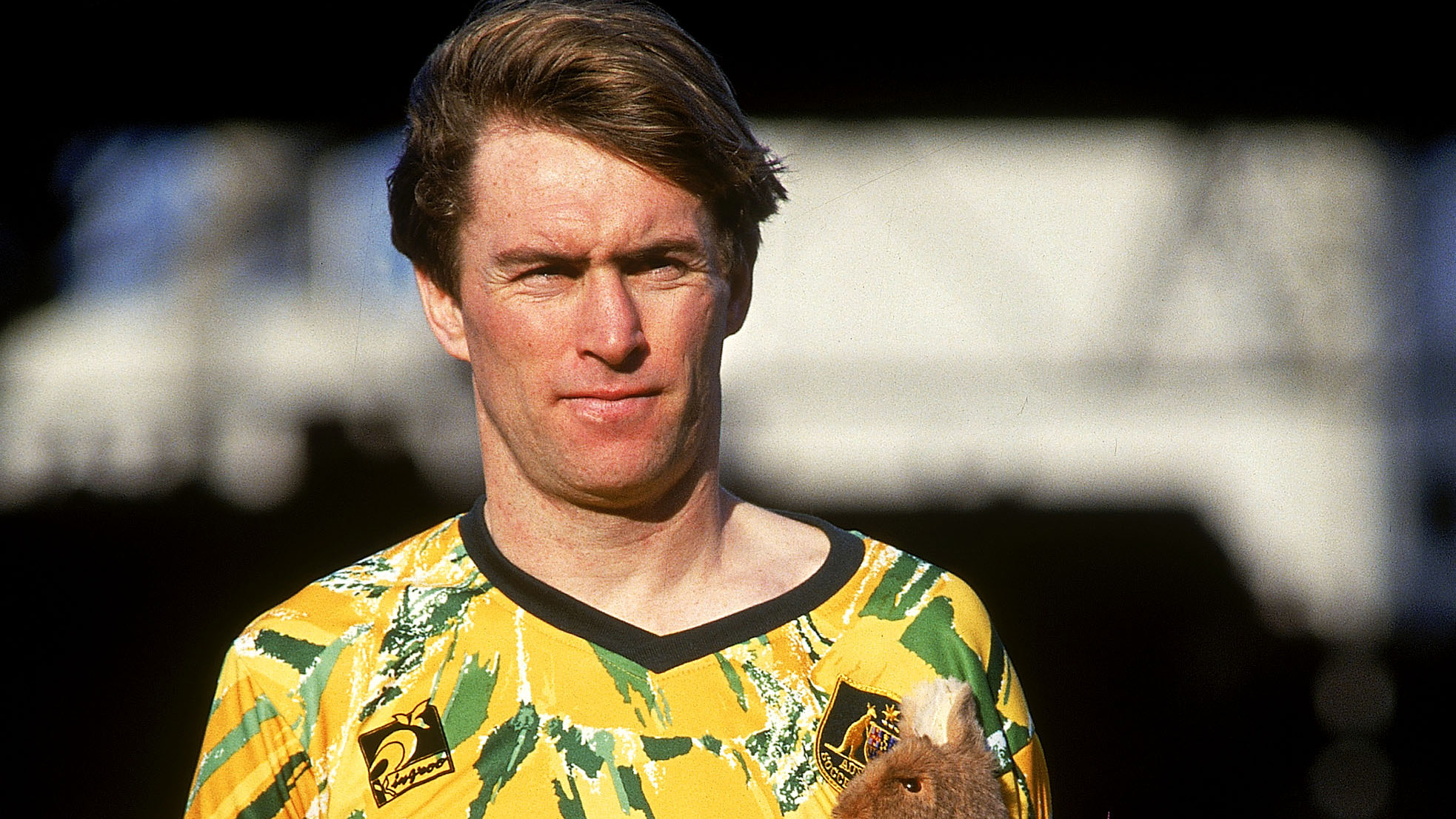
While it was a celebration of Wade's career, the Socceroos made no mistake brushing aside Tahiti for a second time with a 5-0 victory thanks to three more goals from Trajanovski, one from Robbie Hooker and an own goal.
Our coach
The Socceroos' coach for the 1997 FIFA Confederations Cup was Englishman Terry Venables.
Venables became manager of Australia in November 1996, following the resignation of Thomson.
After famously taking England to the Semi-Finals of Euro 96 a year earlier, Venables entered the job with a big reputation. And boy, did he deliver. Venables’ exuberant style saw the Socceroos play an attacking and entertaining brand of football which saw him win his first 12 games in charge.
In fact, Venables never lost a game in World Cup qualifying but his tenure was defined by letting a two-goal lead slip to allow Iran to clinch the final spot at the 1998 World Cup on the away goals rule. Venables resigned from his role soon after.
In his 24 games as coach, Venables led the Socceroos to a top 30 FIFA world ranking. Before his tenure, the side had never been able to crack the top 50.
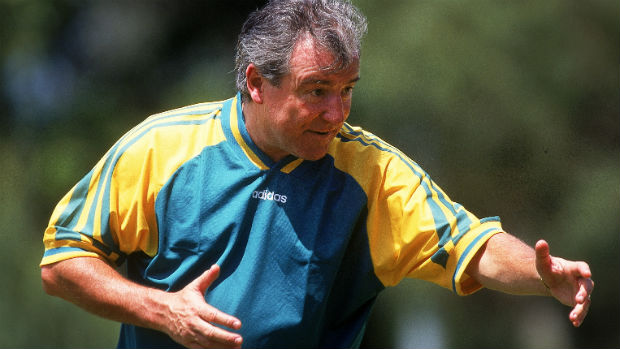
Our squad
Australia's squad for the 1997 FIFA Confederations Cup was made up of a mix of European and National Soccer League based players with a total of 437 caps among the 18 players.
The tournament provided a platform for some of Australia’s youngest and brightest players to showcase their abilities. The likes of Harry Kewell, Mark Viduka and John Aloisi all starred in the campaign and would go on to be stalwarts of Australia’s 2006 World Cup campaign.
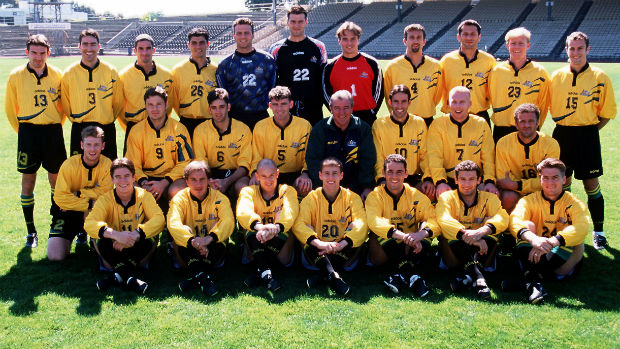
Socceroos (Club at time of 1997 squad announcement)
Goalkeepers: Mark Bosnich (Aston Villa), Zeljko Kalac (Sydney United).
Defenders: Milan Ivanović (Adelaide City), Alex Tobin (Adelaide City), Ned Zelić (1860 Munich), Matthew Bingley (Vissel Kobe), Robbie Hooker (Sydney United), Tony Vidmar (Rangers), Kevin Muscat (Wolverhampton Wanderers).
Midfielders: Stan Lazaridis (West Ham United), Robbie Slater (Southampton), Craig Foster (Portsmouth), Josip Skoko (Hajduk Split), Ernie Tapai (Perth Glory).
Attackers: Mark Viduka (Dinamo Zagreb), Aurelio Vidmar (Tenerife), Harry Kewell (Leeds United), Paul Trimboli (South Melbourne), Damian Mori (Adelaide City) John Aloisi (Portsmouth).
Our location
The 1997 FIFA Confederations Cup was the first Confederations Cup to be organised by FIFA. It had previously been played in 1992 and 1995 as the King Fahd Cup. This edition of the tournament was hosted by Saudi Arabia, as with the previous editions.
All 16 games were played in Riyadh, the capital and largest city in Saudi Arabia.
Our opponents
Australia were drawn in Group A of the 1997 FIFA Confederations Cup alongside the might of Brazil, Mexico and Saudi Arabia.
After finishing second in the group, Australia brushed aside Uruguay in the semi-finals before meeting Brazil again in the final.
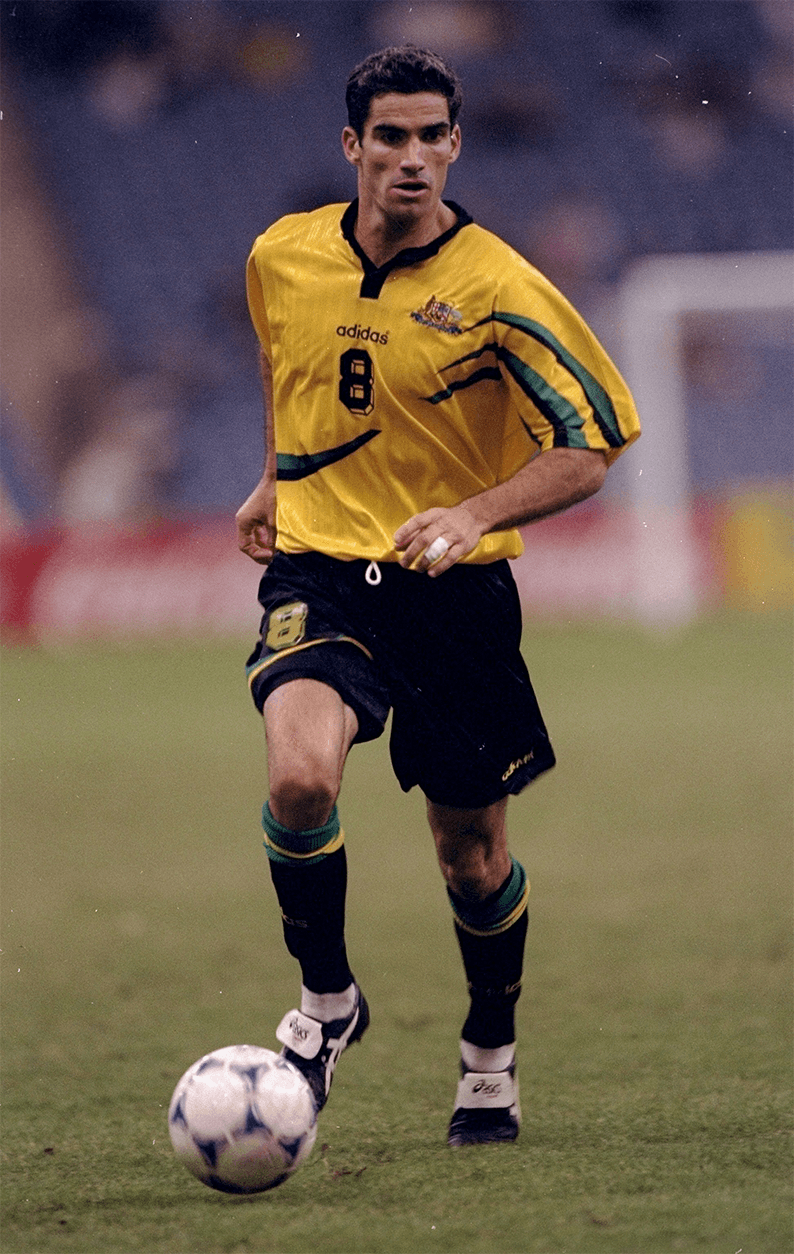
Our results
So to the Confederations Cup itself.
While the tournament was meant to be a warm-up series to prepare for the World Cup, it turned out it was a consolation event and an opportunity to overcome the disappointment of failing to qualify.
The Socceroos kicked off their Confederations Cup campaign with a 3-1 win over Mexico. Australia were the better of the two sides in the opening stages but Mexico took a stranglehold on the match with 60% possession.
The opening goal came against the run of play through Craig Foster, who made a great run forward and slipped the ball to Mark Viduka to squeeze in and toe-poke home on the stroke of half time. The second half saw Australia double their lead through John Aloisi, who took on two defenders and drilled the ball past the keeper.
While Mexico pulled one back with ten minutes remaining, Damian Mori came off the bench to put the icing on the cake and seal a 3-1 victory.
The second game saw the Socceroos play out a hard-fought 0-0 draw with Brazil. The South American powerhouse controlled the game and created the majority of the chances while Australia defended and tried to hit on the break.
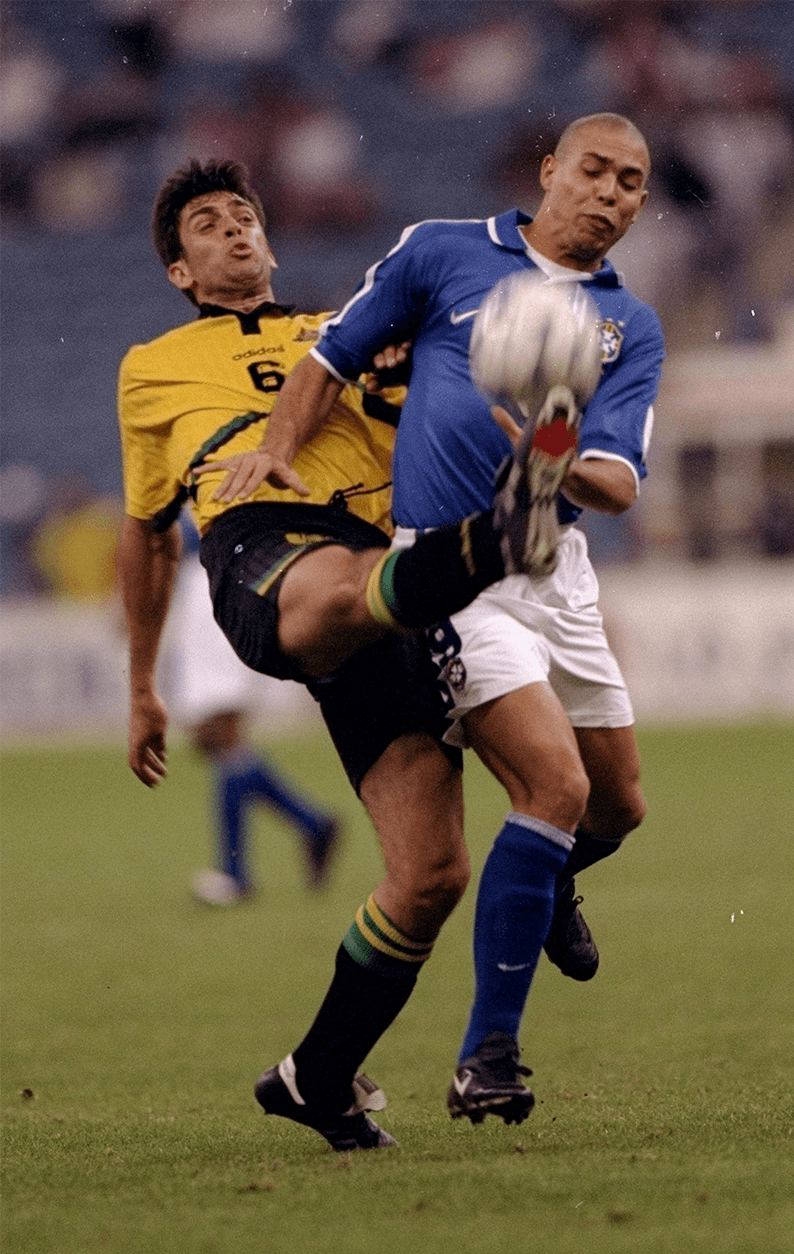
The Socceroos began the final Group A match with the chance of winning the group providing they could beat Saudi Arabia more handsomely than any Brazilian win over Mexico. However, the match did go to plan and the Socceroos lost 1-0 to Saudi Arabia.
The team then had to rely on Brazil winning in the following game to progress in the tournament. The Brazilians obliged with a 3-2 win and Australia progressed to the semi-finals against Uruguay.
Australia started the semi-final well but it wasn't long before Uruguay showed that even with a relatively young side, they meant business.
But the Socceroos battled hard and held the Uruguayans scoreless at the end of full-time. As luck would have it, FIFA were trialling the golden goal rule in the knockout stages of this tournament and Australia reaped the rewards as Harry Kewell sealed the win with a breakaway goal two minutes into extra time.
Kewell's goal set up a rematch with Brazil in the final but it did not go to plan as the Socceroos suffered their greatest loss in 40 years. Brazil were completely untouchable with Ronaldo and Romario both scoring a hattrick to clinch the trophy with a 6-0 win and leave Australia as runners-up.
Brazil did everything better and while the Socceroos had developed a very effective way of playing in their previous matches, the Australian players looked and played tired and without the tenacity that they had shown on the previous matchdays.

